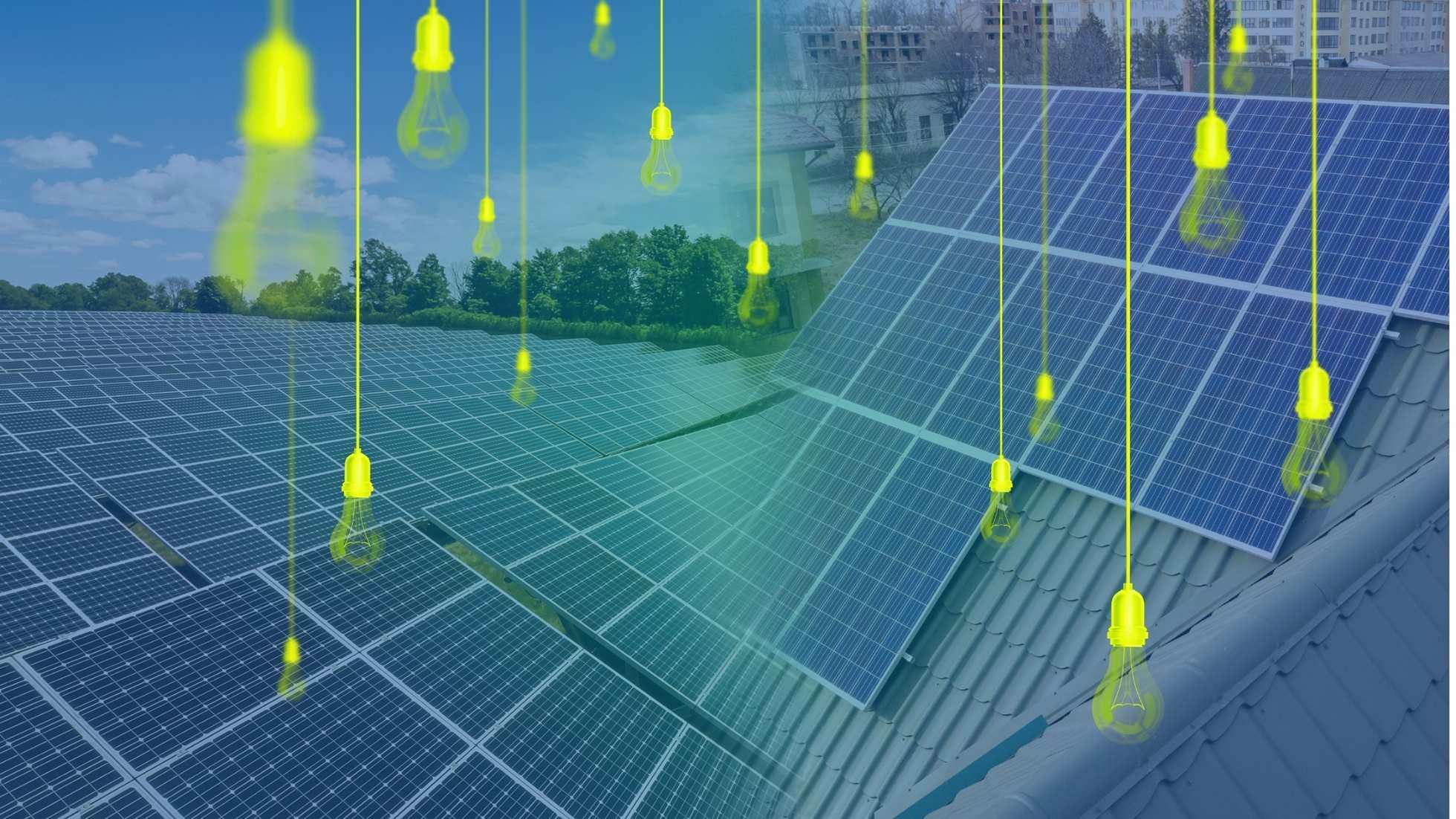In an age where the climate crisis looms larger every day, finding innovative ways to power our lives sustainably is not just a moral imperative—it’s a practical one. Solar energy has emerged as a cornerstone of this transformation, and while rooftop solar panels are often the face of this green revolution, local solar fields are quietly rewriting the rules of renewable energy.
These fields, like the one right in our backyard, offer a unique model for making clean energy accessible, affordable, and, yes, aesthetically pleasing. If you’ve ever worried about the costs of rooftop solar panels, the structural integrity of your roof, or simply the aesthetics of your home, your local solar field might just be the answer.
The Invisible Infrastructure of Clean Energy: Solar Fields
Nestled on the outskirts of town, the solar field doesn’t demand attention. It doesn’t intrude into the skyline or alter the character of our neighborhoods. Yet it plays a pivotal role in keeping the lights on. The field operates as part of a community solar program, allowing residents to buy into the project without the need to install panels on their own roofs. By pooling resources, participants share in the clean energy generated by the field, reducing their reliance on fossil fuels and lowering their electricity bills.
This model democratizes access to renewable energy. It’s not just homeowners with optimal roof angles or ample disposable income who get to participate; renters, small business owners, and even those living in shaded areas can now tap into the benefits of solar power. And because the field operates at scale, the electricity it generates often costs less than traditional utility rates, amplifying its appeal.
Efficiency and Reliability of Solar Fields
One of the key advantages of a solar field over individual rooftop installations is efficiency. Solar panels generate the most electricity when they’re optimally positioned to capture sunlight, a feat often hindered by the quirks of individual roofs. Solar fields, however, are designed for maximum exposure, their panels meticulously aligned to follow the sun’s arc throughout the day. This means more energy is generated per panel, driving down costs and increasing the reliability of the power supply.
Moreover, the centralized nature of solar fields simplifies maintenance. Keeping a large array of panels clean and operational is more straightforward than servicing hundreds of individual installations. This ensures the system remains efficient and minimizes downtime—a win-win for both the environment and the community.
Resilience of Solar Fields in the Face of Challenges
As extreme weather events become more frequent, the resilience of our energy infrastructure is being put to the test. Solar fields contribute to this resilience in multiple ways. By decentralizing power generation, they reduce the strain on traditional power grids, making blackouts less likely. And in the event of a natural disaster, a local solar field can help power essential services, ensuring that the community has a reliable energy source when it’s needed most.
Battery storage solutions, increasingly paired with solar fields, take this a step further. These systems store excess energy generated during the day for use at night or during cloudy periods, further stabilizing the power supply. Imagine the peace of mind in knowing that your lights will stay on, even when the broader grid falters.
Aesthetics and Land Use of Solar Fields
Critics of solar fields often raise concerns about land use, but these projects are increasingly designed with dual purposes in mind. Many solar fields double as habitats for pollinators like bees and butterflies, with native plants and wildflowers thriving beneath the panels. Others incorporate agricultural activities, a practice known as agrivoltaics, where crops grow in the shade of the solar arrays.
From an aesthetic perspective, the unobtrusive design of solar fields ensures they blend harmoniously into the landscape. Unlike rooftop panels, which some homeowners consider unsightly, solar fields are typically set back from roads and residential areas, and use plants as visual screening, out of sight but never out of mind.
The Community Connection of Solar Fields
Perhaps the most compelling aspect of a local solar field is the sense of community it fosters. By participating in the program, residents and businesses aren’t just reducing their carbon footprint—they’re investing in a shared future. The solar field becomes a symbol of collective action, a tangible reminder that we’re all in this together.
Community solar programs also provide educational opportunities, from school field trips to public tours, helping to demystify renewable energy and inspire the next generation of clean energy advocates. They offer a blueprint for how we can transition to a greener economy without leaving anyone behind.
The Future Is Bright with Solar
As more communities embrace the potential of solar fields, their impact is set to grow exponentially. Advances in technology will make solar panels even more efficient, while innovations in battery storage will further enhance reliability. Policy changes, such as tax incentives and renewable energy mandates, will make it easier for communities to establish and expand solar projects.
For our towns, the local solar field represents more than just a source of electricity. It’s a beacon of possibility, proving that sustainable solutions can be both practical and inclusive. It keeps our lights on and our roofs panel-less, offering a clean energy alternative that’s as innovative as it is inspiring.
So, the next time you flip a light switch, take a moment to think about where that energy comes from. Chances are, it’s not just the sun that’s shining—it’s the collective effort of a community committed to a brighter future.
Follow us on Social
Stay up to date with everything to do with community solar, renewable energy, and sustainability on your favorite platform.














